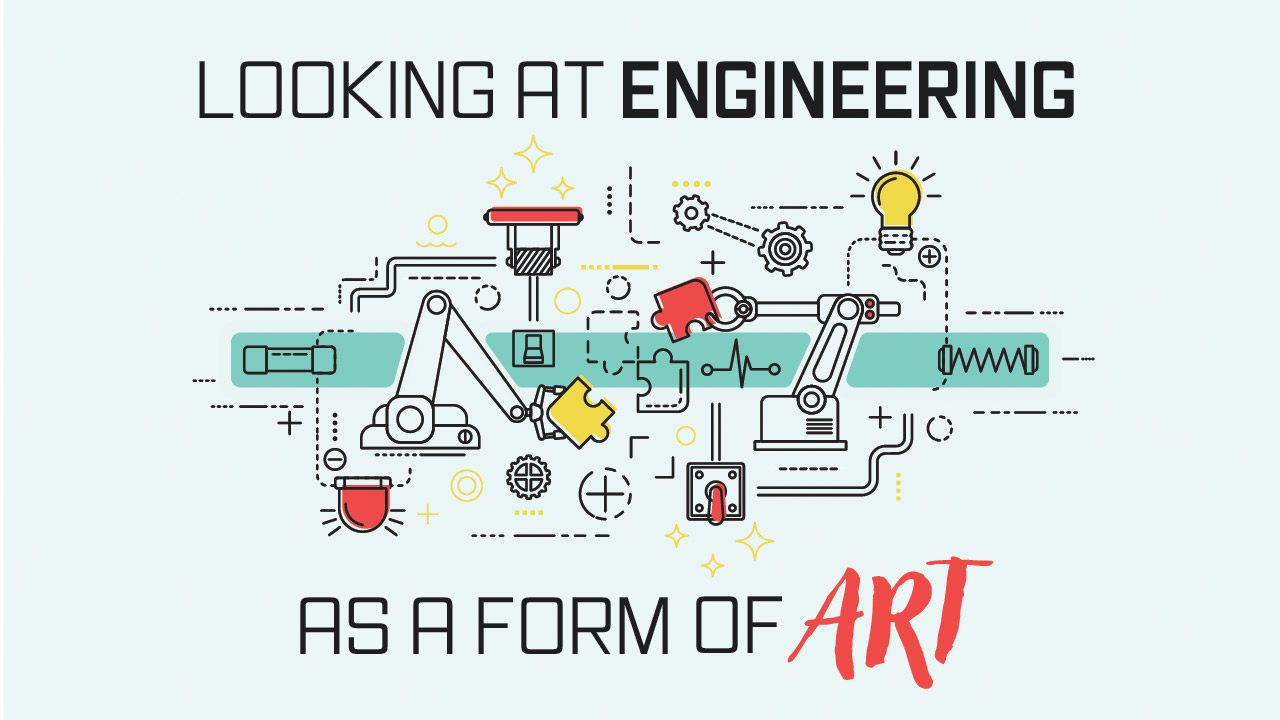Looking at engineering as a form of art
 CREDIT: FSU PUBLICATIONS AND COMMUNICATIONS DEPARTMENT
CREDIT: FSU PUBLICATIONS AND COMMUNICATIONS DEPARTMENTWhen we think of art, we might first imagine famous paintings, sculptures, or even large structures that multiple people came together to build. Art has brought many creations into our world. What if we look deeper at the role art has on our world? If we take Leonardo da Vinci for an example, he was able to use art towards his work, even as an engineer. According to The American Society of Mechanical Engineering, da Vinci is known for his famous art pieces like the Mona Lisa and The Last Supper but also went on to work as a military engineer for 17 years in Milan. Engineering was different hundreds of years ago, but some things still haven’t changed. The advancement of technology also plays a big factor towards engineering in the modern world, but art still plays a role in our fastdeveloping world.
Jon Heise has his master’s degree in mechanical engineering and is working as a product engineer.
“My role entails taking an idea or function that a client requires and turning it into a product,” Heise said.
He added that this work also involves conceptualization, prototyping, design and design analysis. There is also risk management which requires testing. Computer Automated Design (CAD) is where technology plays a role in Heise’s involvement with design.
“CAD is my least favourite part of engineering,” he said. Most of the time, Heise is not working on a design alone and many thought processes are involved. There is a different approach when Heise is starting from scratch for a design though.
“I prefer to sketch what the concept needs to look like and iterate. Minimizing complexity is generally the goal,” Heise said.
Even though this is how Heise does some of his design work, there are also other ways people approach their design work.
Kyle McGaw works for a start-up company called Forward Robotics. They specialize in autonomous aircrafts aimed at crop dusting.
“My job deals with designing, manufacturing and testing new aircraft,” McGaw said.
He said that he uses CAD almost every day to design the look of the aircraft but also the shapes of how the parts will fit on the aircraft as well.
“Whether it be an air foil or an internal part, it has to be both efficient and aerodynamic but also still giving it an appealing look,” he said. McGaw came out of high school not knowing what his next step might be but had a passion around CAD and aircrafts.
“Many of today’s inventions have all come from human imagination,” he said. McGaw also said how some of the creativity from comic books or movies like Star Wars or Star Trek shows how a type of art can spark ideas in modern day inventions.
“Being able to design in CAD all started from artists in the past with only a pencil and a piece of paper and it’s what drives me to achieve a level of appreciation for the work I do,” McGaw said.
Heise’s and McGaw’s jobs are similar, but it is clear how their thought process towards design has some differences. Heise comes forward with a practical approach for his work, while McGaw tries to be more creative with his work on CAD. This does not mean that Heise doesn’t look at his work with some creativity, but he might look at the realistic approaches first.
“Most early concepts are the points at play,” Heise said. “Then problem solving is where creativity thrives.”
Even though McGaw is passionate towards design work, he does have to keep a practical base as well.
“While the main priority on our aircraft is aerodynamics, the appeal and design is important to me and the consumer,” McGaw said.
Heise and McGaw both have to keep a realistic perception when it comes to their work, but they also still have creative aspects as well.
“All science is art in my opinion. To pursue something out of curiosity is enough to qualify an artistic endeavour to me,” Heise said.
“Imagination plays a key role in my opinion. I get my inspiration for my work on aircrafts from both the real world and fictional worlds,” McGaw said.
Engineering has played a crucial role in many of the world’s major inventions. It is interesting how Heise and McGaw balance both creativity and logic in their work as engineers.















